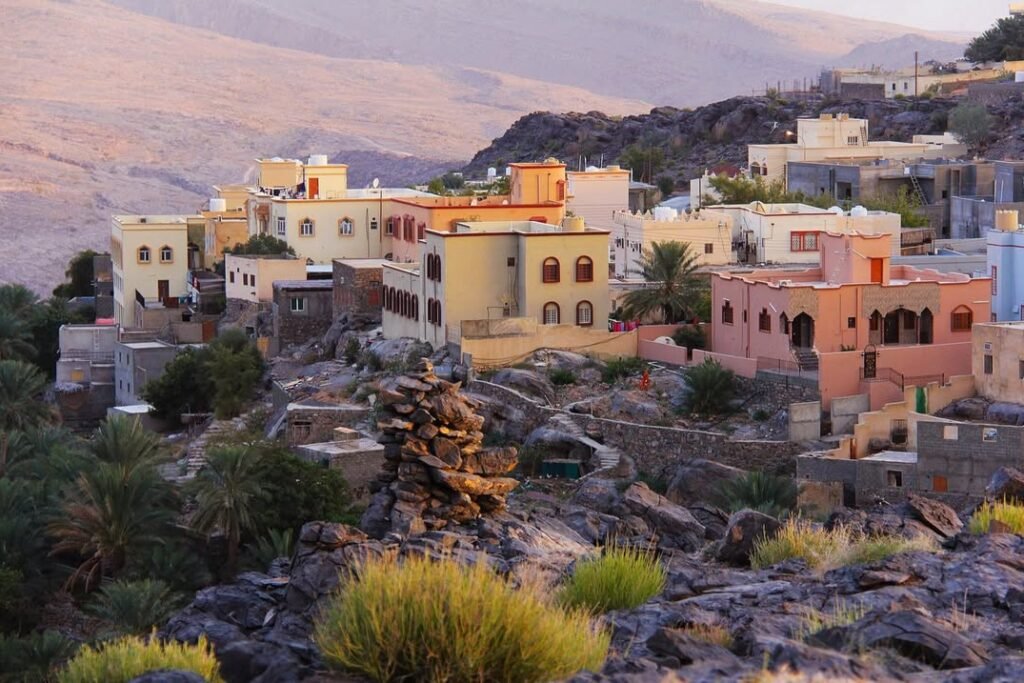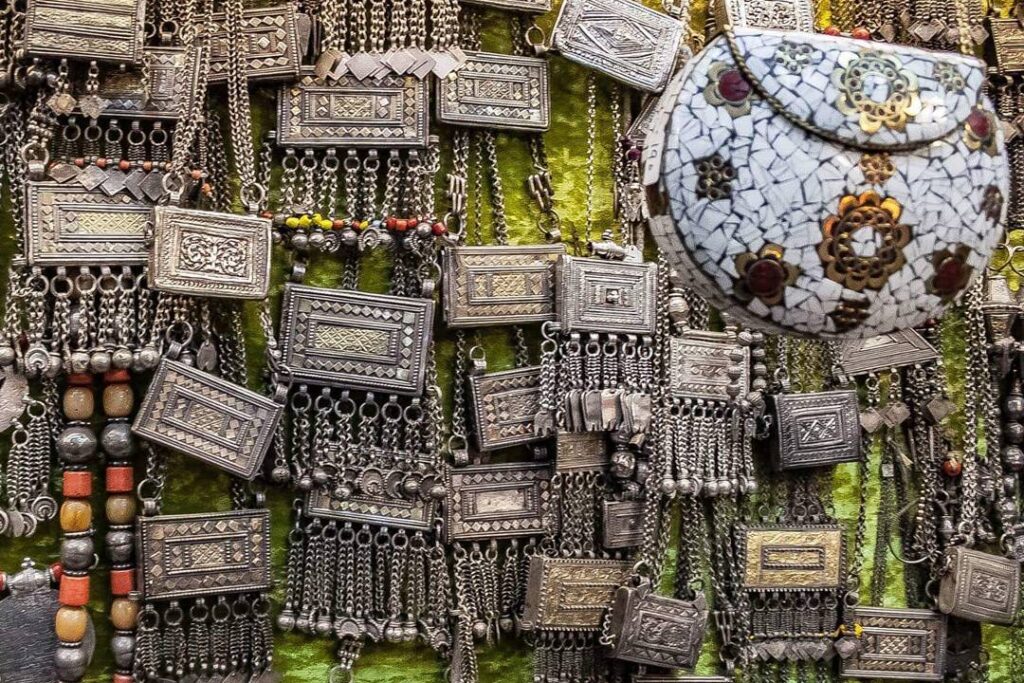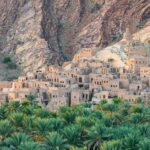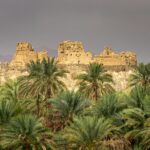The Sultanate of Oman is a land of timeless beauty, where architectural marvels blend seamlessly with the natural landscape. Known for its imposing forts, intricate castles, and stunning urban planning, Oman architecture stands as a beacon of tradition and innovation. The country is committed to preserving its cultural identity while embracing modern ecological and sustainable development practices. Cities like Muscat showcase a harmonious fusion of contemporary designs and traditional oriental influences, reflecting the deep-rooted vision of both the late Sultan Qaboos and the current leadership. Historical monuments are carefully maintained and restored, ensuring that the nation’s past remains vibrantly alive in its present.
Table of Contents
Ancient Defensive Structures
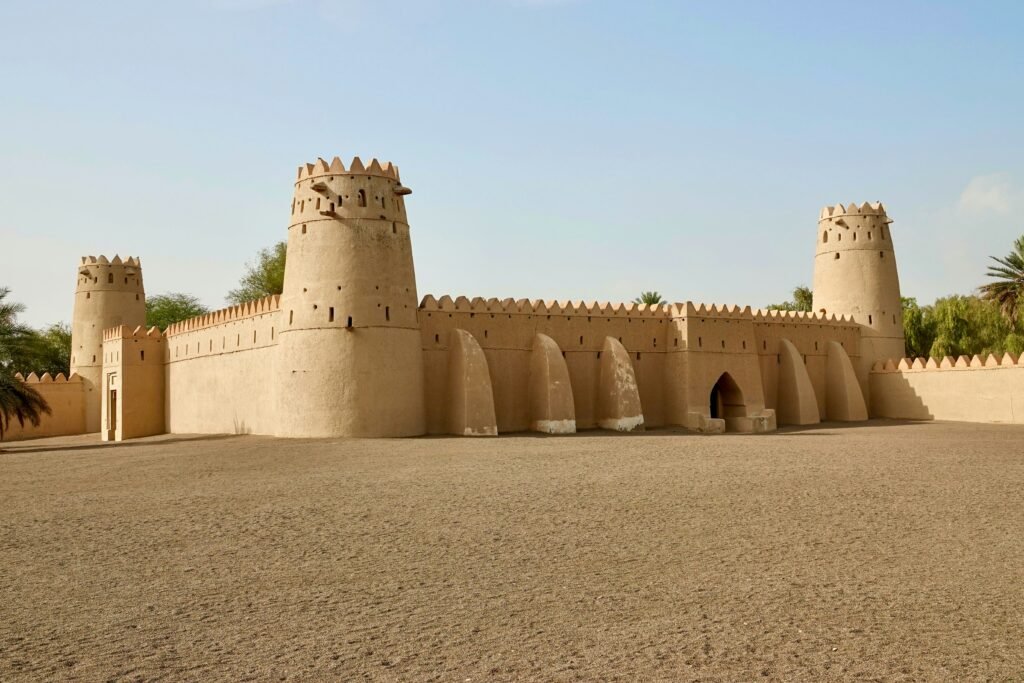
Omani defensive architecture carries the imprints of its diverse history. Though influenced by the Portuguese and Persian occupations, these structures remain deeply Arab in character. Most date back to the 17th century, a period of unification, while some trace their origins to pre-Islamic times. Built to withstand tribal wars and invasions, these fortifications embody the resilience of Oman’s past. Their exteriors are massive and imposing, yet interiors often feature exquisite craftsmanship, with intricately carved wooden doors, stucco-adorned walls, and ceilings of breathtaking detail.
As part of a nationwide restoration initiative, these landmarks are being carefully rehabilitated using traditional techniques and locally sourced materials such as adobe, limestone, and palm wood. They fall into three primary categories:
- Ramparts (Aswar): City walls designed to protect key urban centers, forts, and oases. The Bahla Fort, a UNESCO World Heritage Site, is the most famous, with a 12-kilometer-long wall surrounding it.
- Watchtowers (Burj): Built on high ground, these towers acted as early warning systems, safeguarding trade routes, water sources, and coastal areas.
- Forts and Castles: With over 500 forts (Qa’lah) and castles (Hisn), Oman boasts diverse defensive and administrative structures. While forts were used primarily for military defense, castles served as both residences and governmental centers. The most remarkable examples include the Jalali and Al Mirani Forts in Muscat, the Nakhal Fort, and Al Rustaq Fort, famous for its labyrinthine underground passages. The Nizwa Fort, one of the best-preserved, showcases Portuguese influences, with its circular tower, engraved wooden doors, and hidden safes. Nearby, the Jabreen Castle stands out with ornate ceilings and elaborately decorated walls.
Religious and Civil Architecture
Nizwa Mosque
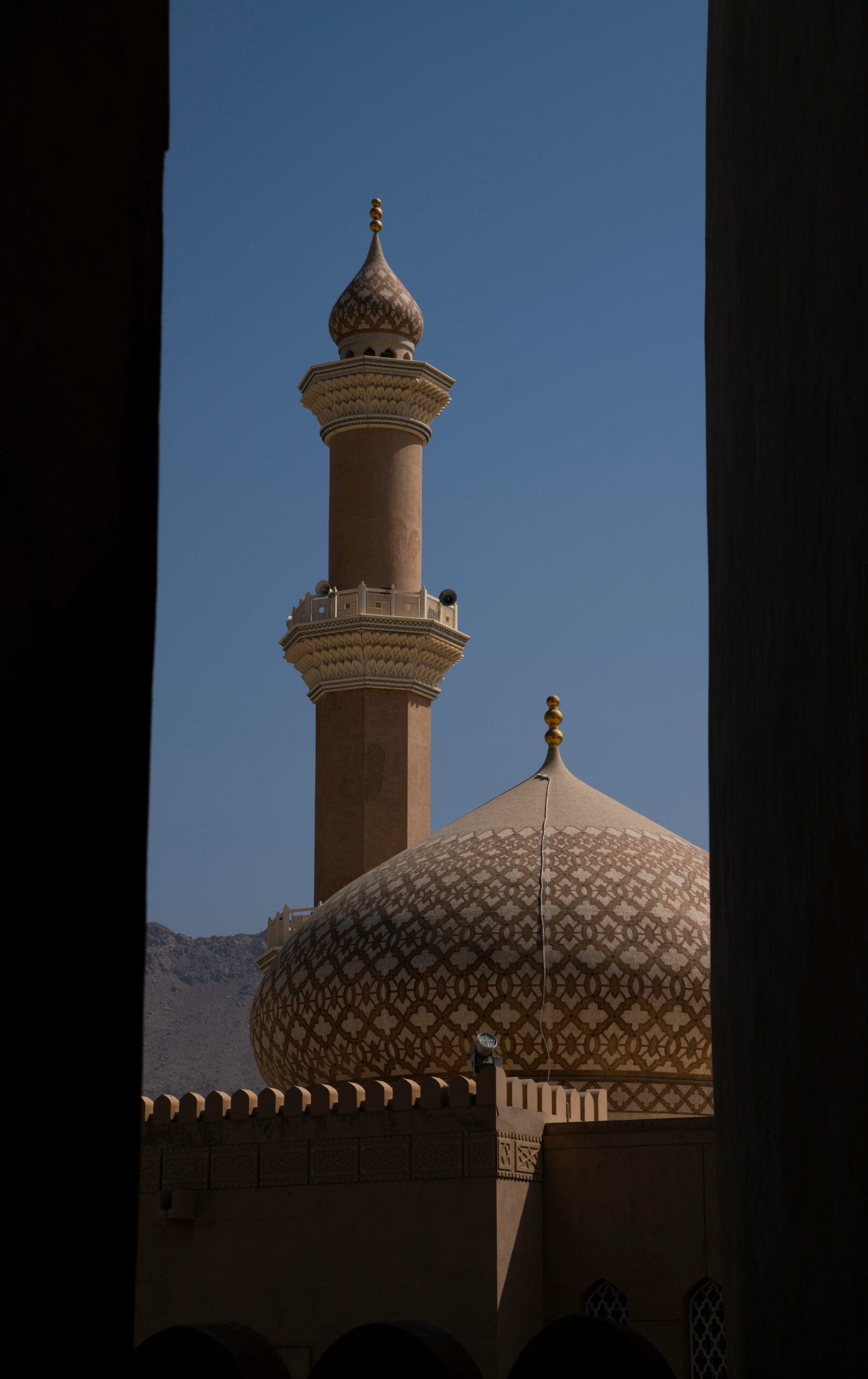
Omani mosques are characterized by their elegant simplicity, often featuring a minaret and a refined dome. Among the most notable is the Nizwa Mosque, with its striking golden-hued dome set against a mountain backdrop.
Hamouda Al-Masjid Mosque
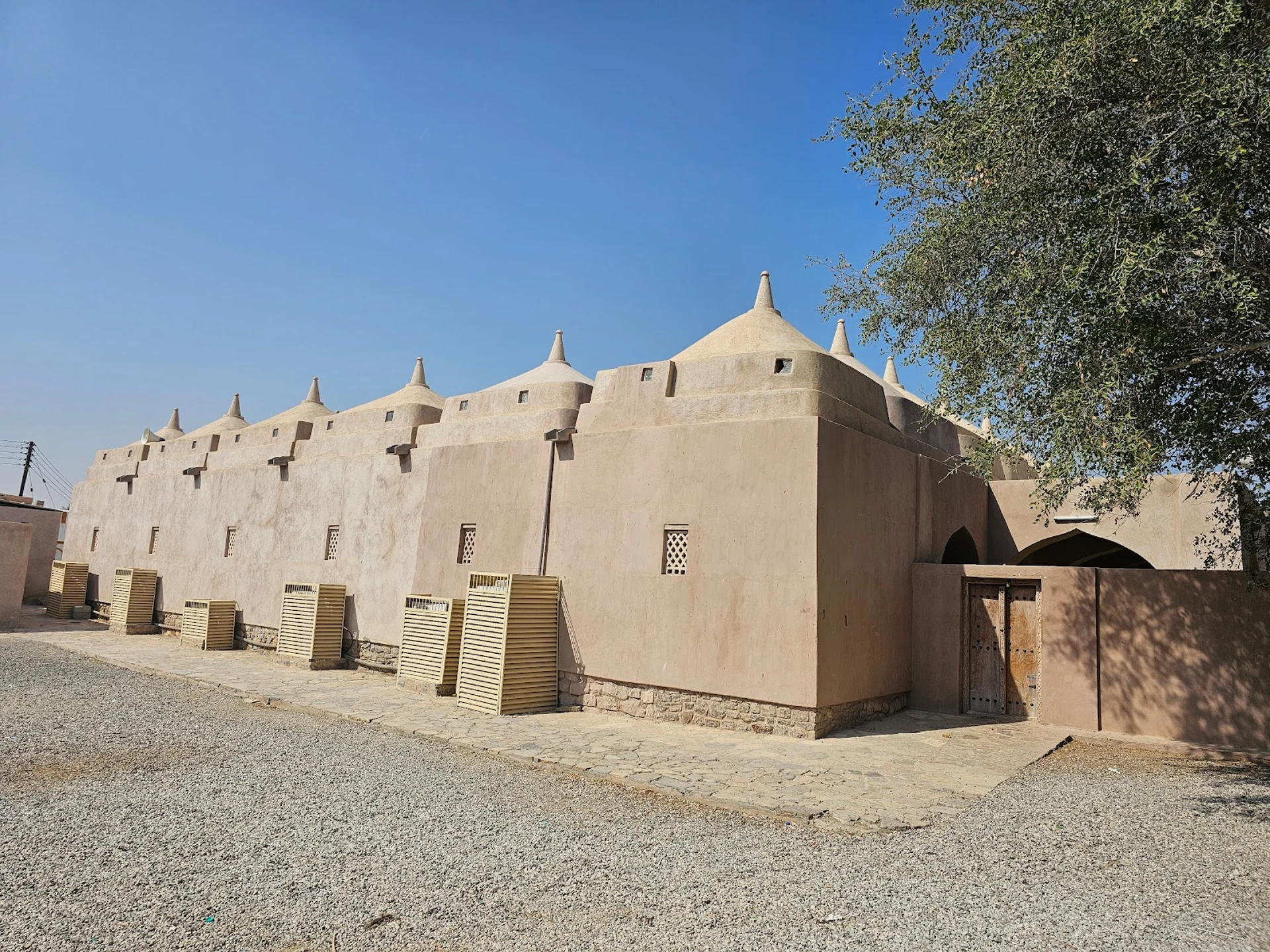
Another unique structure is the Hamouda Al-Masjid Mosque in Jalan Bani Buali, dating back to the 11th century. This beautifully restored mosque boasts 50 domes supported by intricate pillars, creating a breathtaking visual symmetry.
The diversity of Omani architecture extends to civil and residential structures, shaped by the country’s unique geography.
Baith Al Qufl
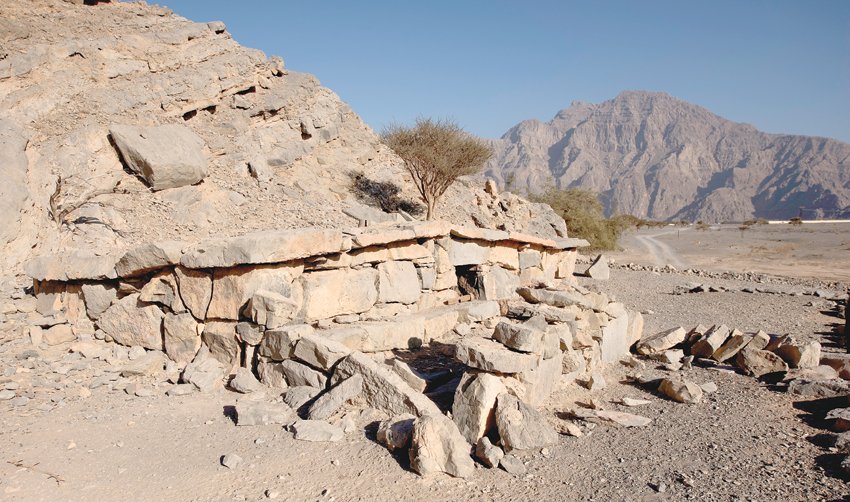
The Baith Al Qufl house in Musandam is designed to maximize natural ventilation, providing relief from the extreme heat.
Jebel Akhdar region
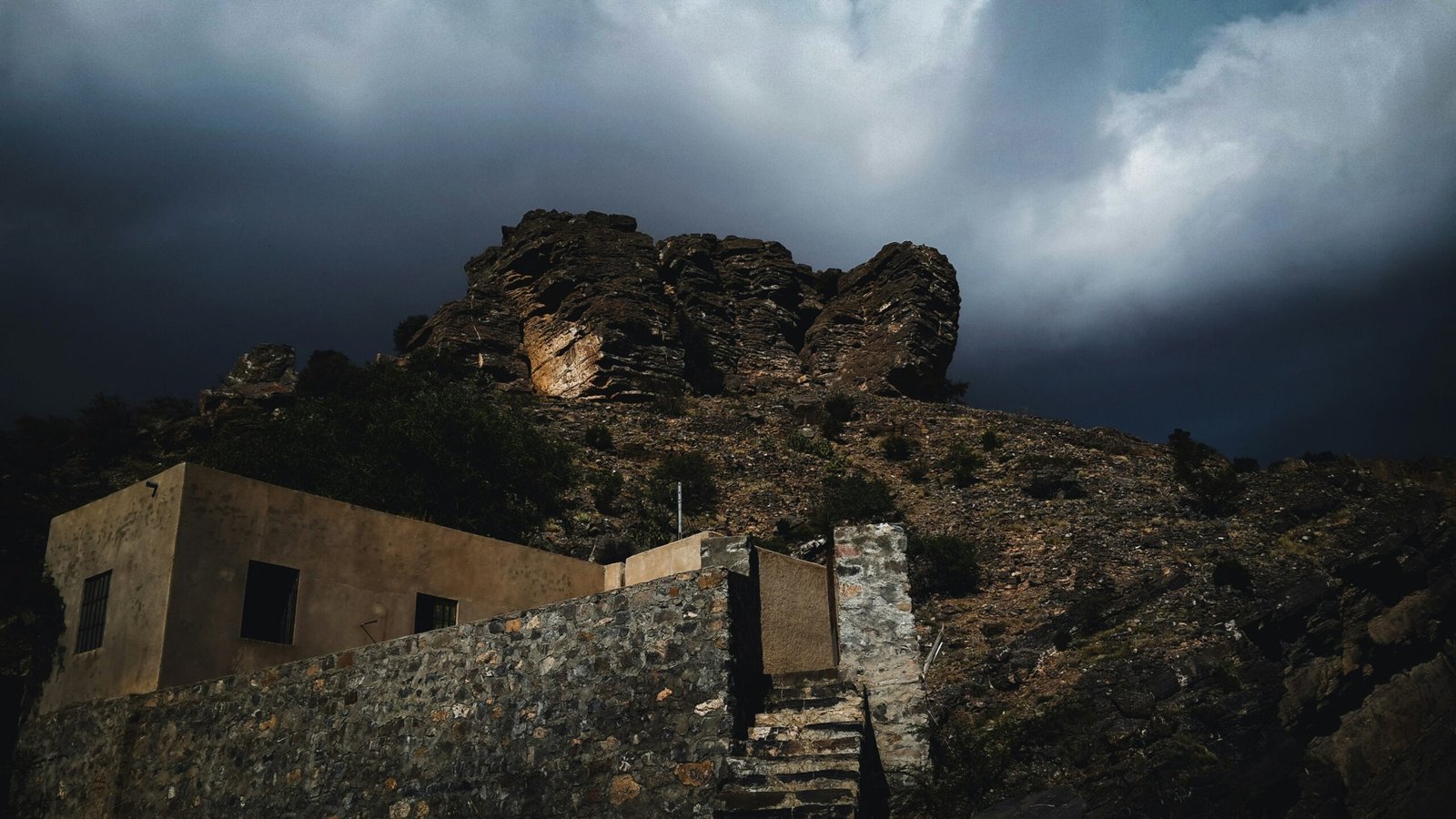
In the Jebel Akhdar region, entire villages blend into the rocky cliffs, with structures built using locally sourced ochre-colored stones.
Misfah al Abriyyin
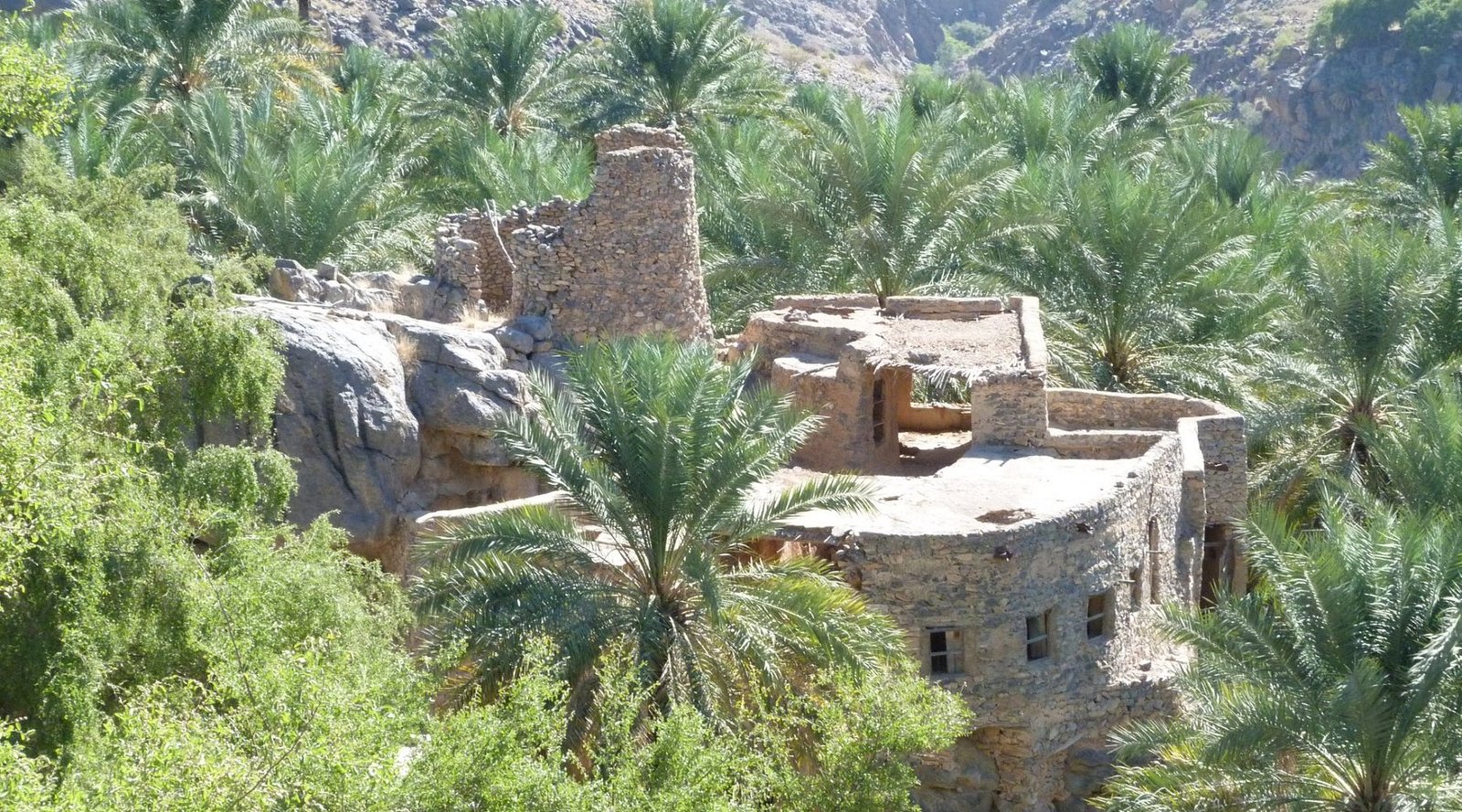
In the Ad Dakhiliyah region, the village of Misfah al Abriyyin is an exquisite example of architecture coexisting with nature.
Al Hamra
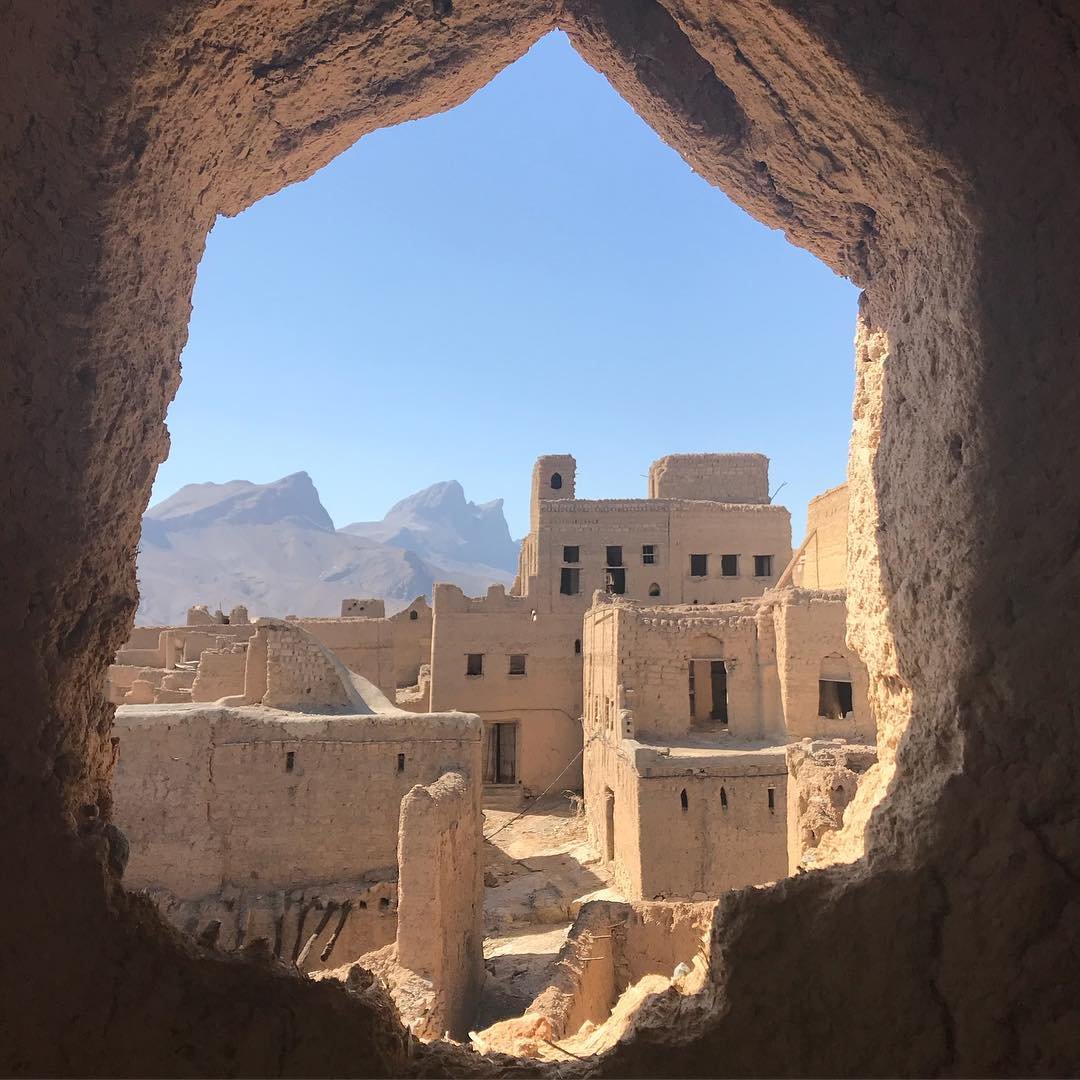
The town of Al Hamra still preserves 400-year-old homes constructed from mud bricks and palm wood, a traditional technique still used in Omani oases.
Bait Al Zubair Museum
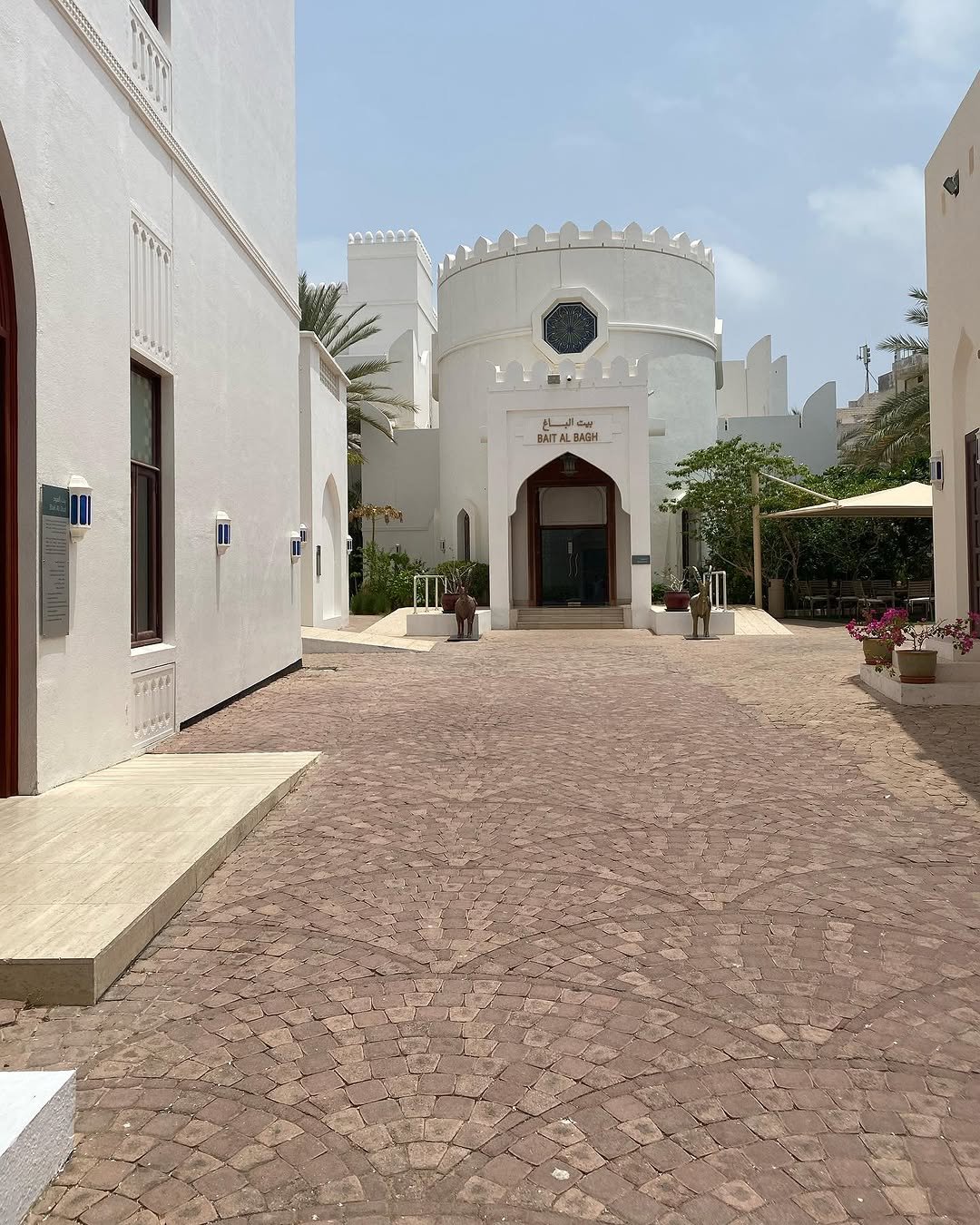
Wealthy merchant houses in Muscat display Indian influences, particularly through their elaborate teakwood doors, engraved with Arabic calligraphy. A fine example is the Bait Al Zubair, now a museum, which offers visitors an immersive glimpse into Omani heritage. The exterior of the museum also features a falaj irrigation system, an ancient water distribution method integral to Omani life.
The Falaj: An Ancient Irrigation Marvel
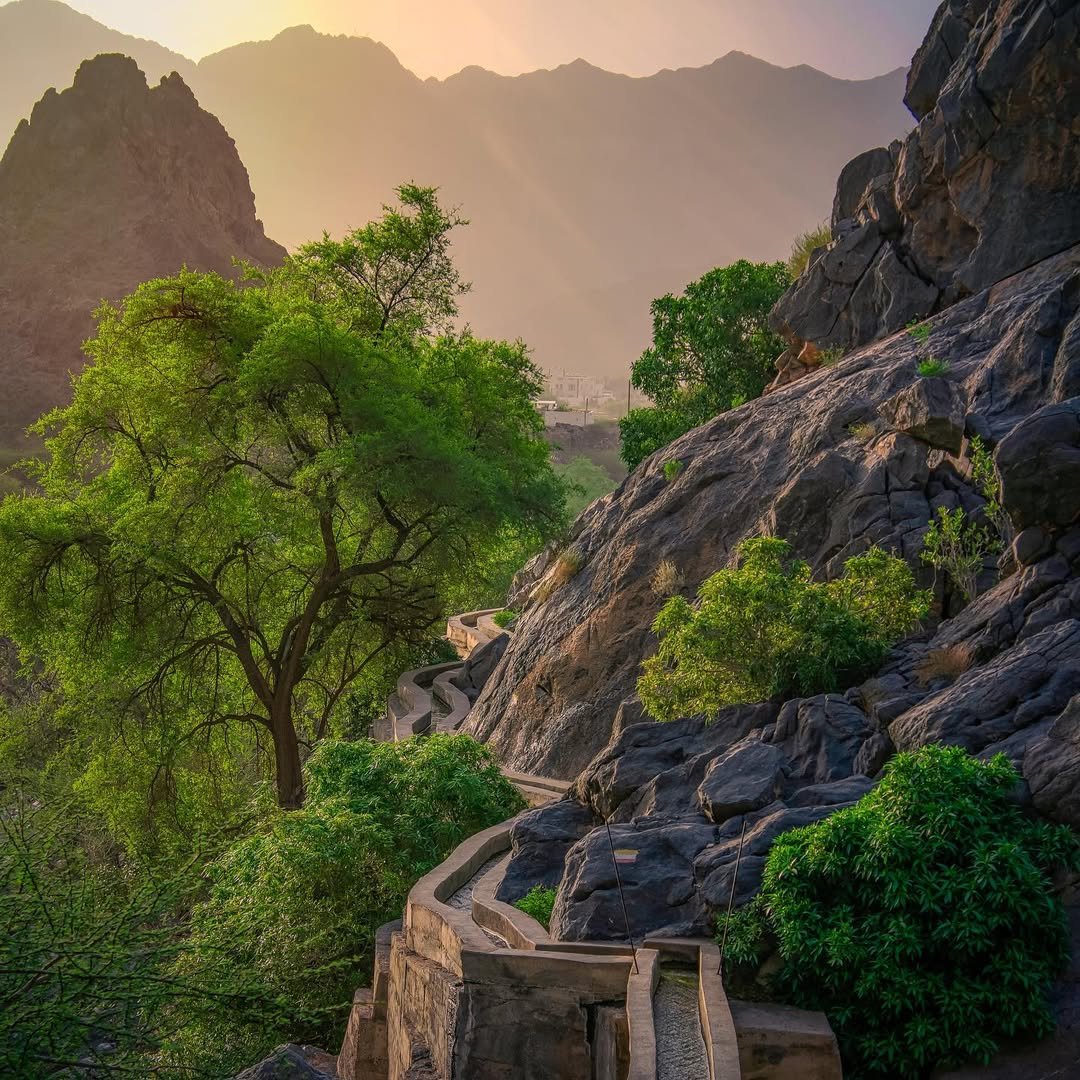
Oman’s falaj irrigation system is a testament to human ingenuity, stretching across thousands of kilometers and dating back over 2,500 years. Recognized by UNESCO as a World Heritage treasure, these networks capture water from mountain springs and underground reservoirs, channeling it to villages and farms. Despite modern advancements, many aflaj remains in operation, supplying water for both agriculture and daily use. The Bidar, a designated community official, ensures the equitable distribution of water, a role that has existed for centuries.
Contemporary Islamic Architecture & Sustainable Urban Planning
Oman’s modern architectural landscape reflects a deep respect for tradition while embracing contemporary design and sustainability. Since 1970, under the reign of Sultan Qaboos, urban planning has prioritized heritage conservation and controlled development. Unlike neighboring Gulf states, mass tourism and high-rise skylines are not part of Oman’s vision. Instead, the Sultanate focuses on harmonious integration, ensuring new constructions maintain a connection with the past.
The Sultan Qaboos Grand Mosque
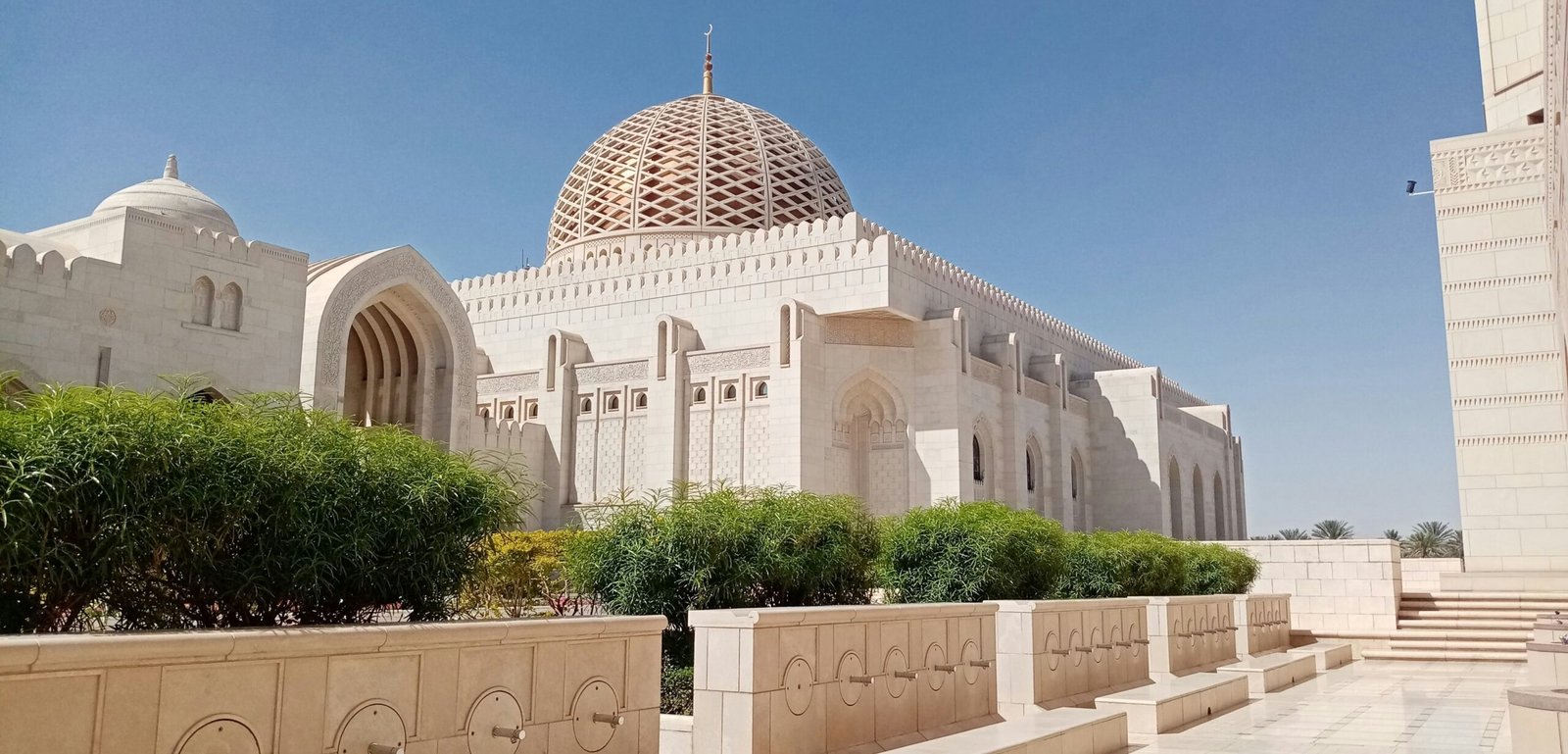
The Sultan Qaboos Grand Mosque in Muscat is a stunning example of modern Islamic architecture, featuring traditional arches and intricate geometric designs. Inside, its Swarovski crystal chandelier and teakwood ceiling pay homage to both regional and global influences.
Royal Opera House Muscat
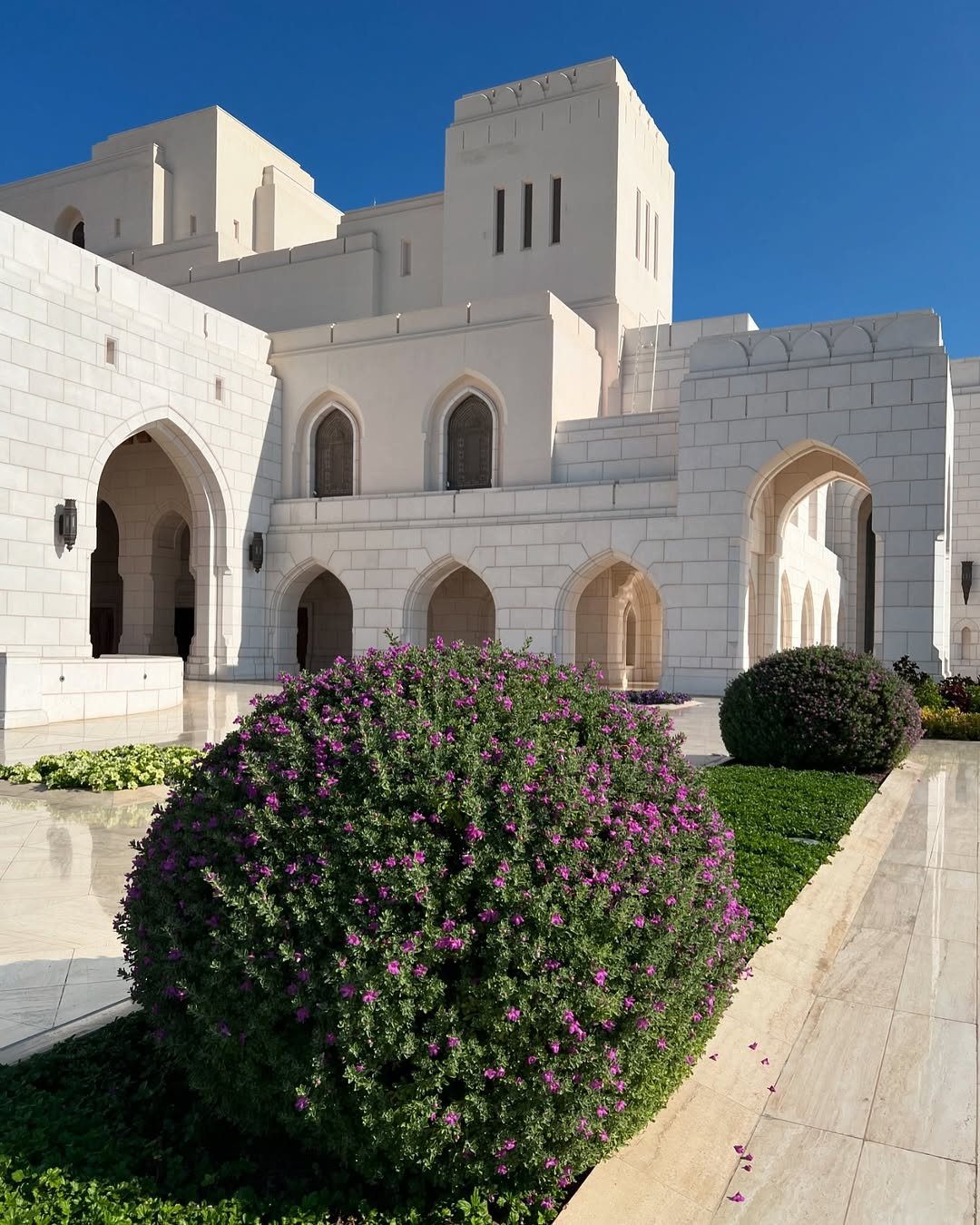
Another striking contemporary landmark is the Royal Opera House Muscat, a blend of classic Islamic motifs and minimalist elegance.
Anantara Al Jabal Al Akhdar Resort
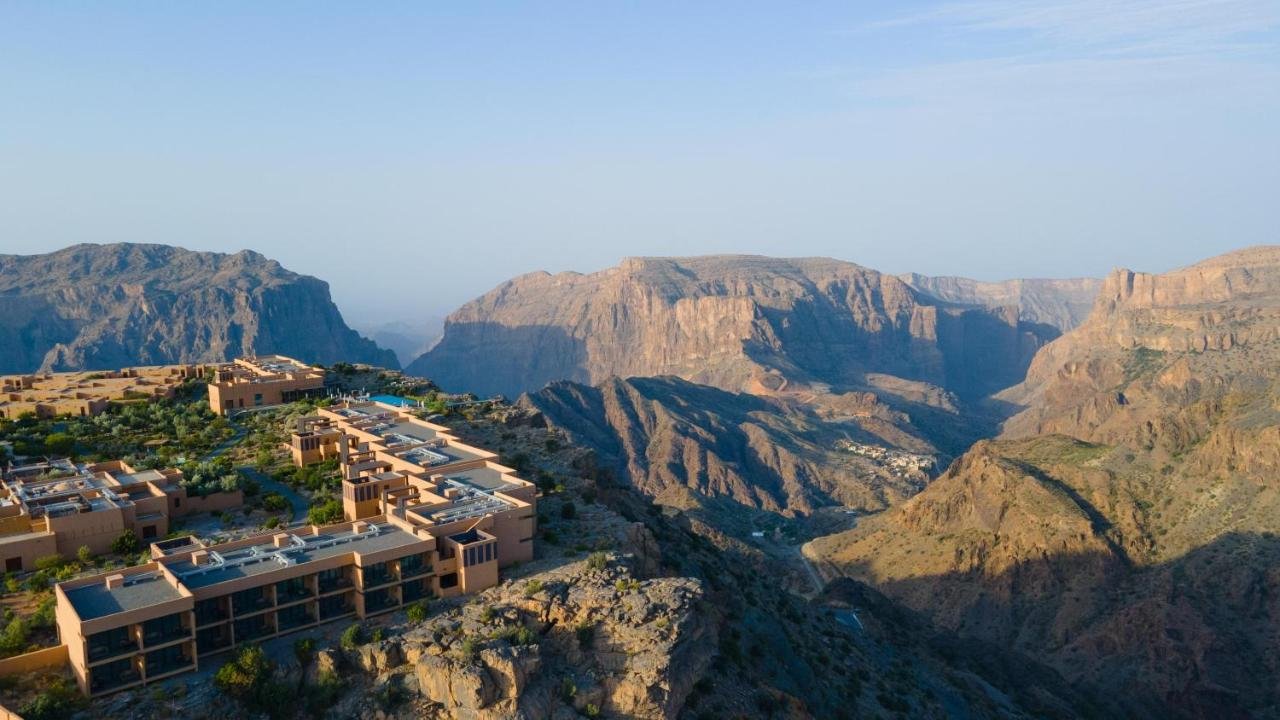
Even luxury resorts in Oman adhere to traditional architectural principles. Anantara Al Jabal Al Akhdar Resort, designed by Franco-Moroccan architect Lotfi Sidirahal, draws inspiration from historic citadels, incorporating mashrabiyas and pointed arches.
The Chedi Muscat
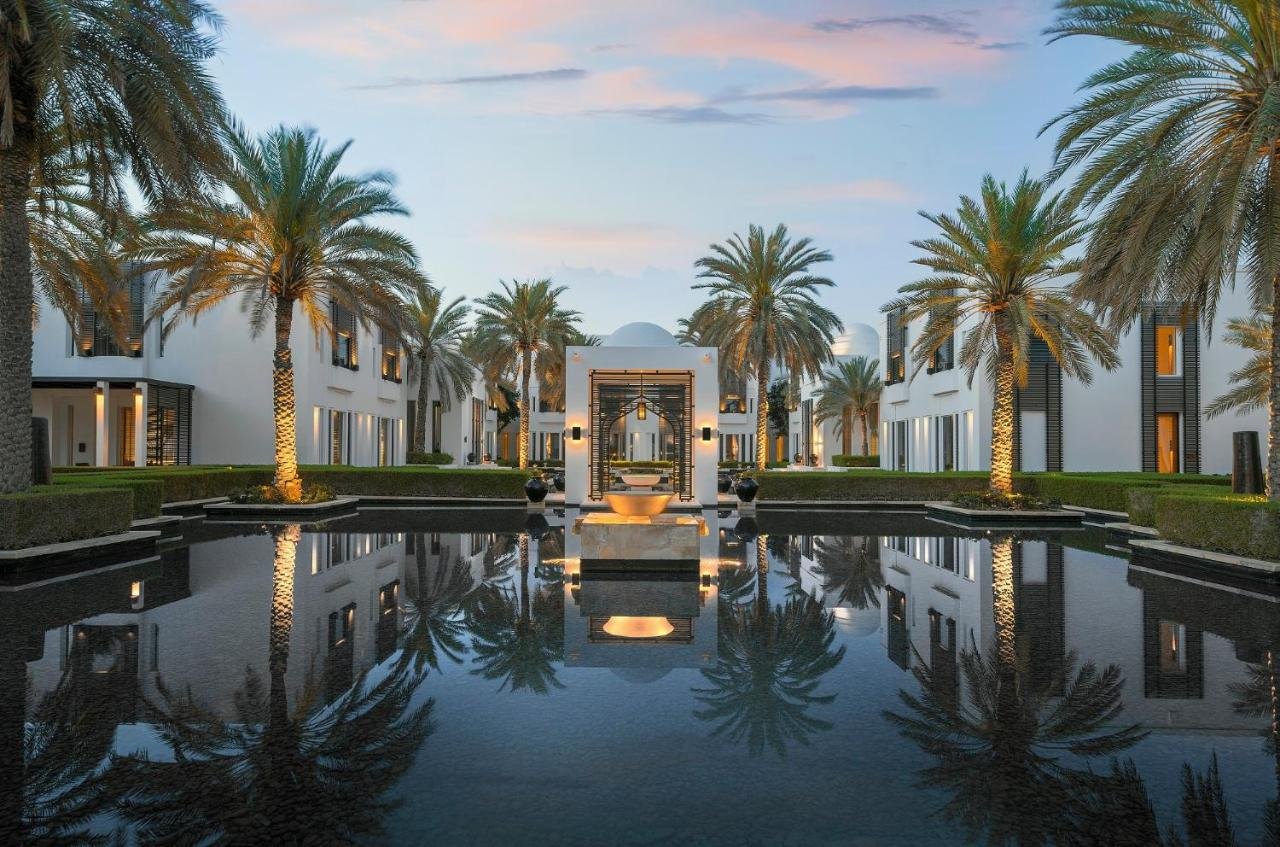
Similarly, the Chedi Muscat, designed by Jean-Michel Gathy, evokes Bedouin aesthetics, with its tent-like canvas ceiling and mesmerizing light installations. The Al Bustan Palace’s grand 38-meter-high dome mirrors the opulence of a sultan’s palace.
Blue City Project
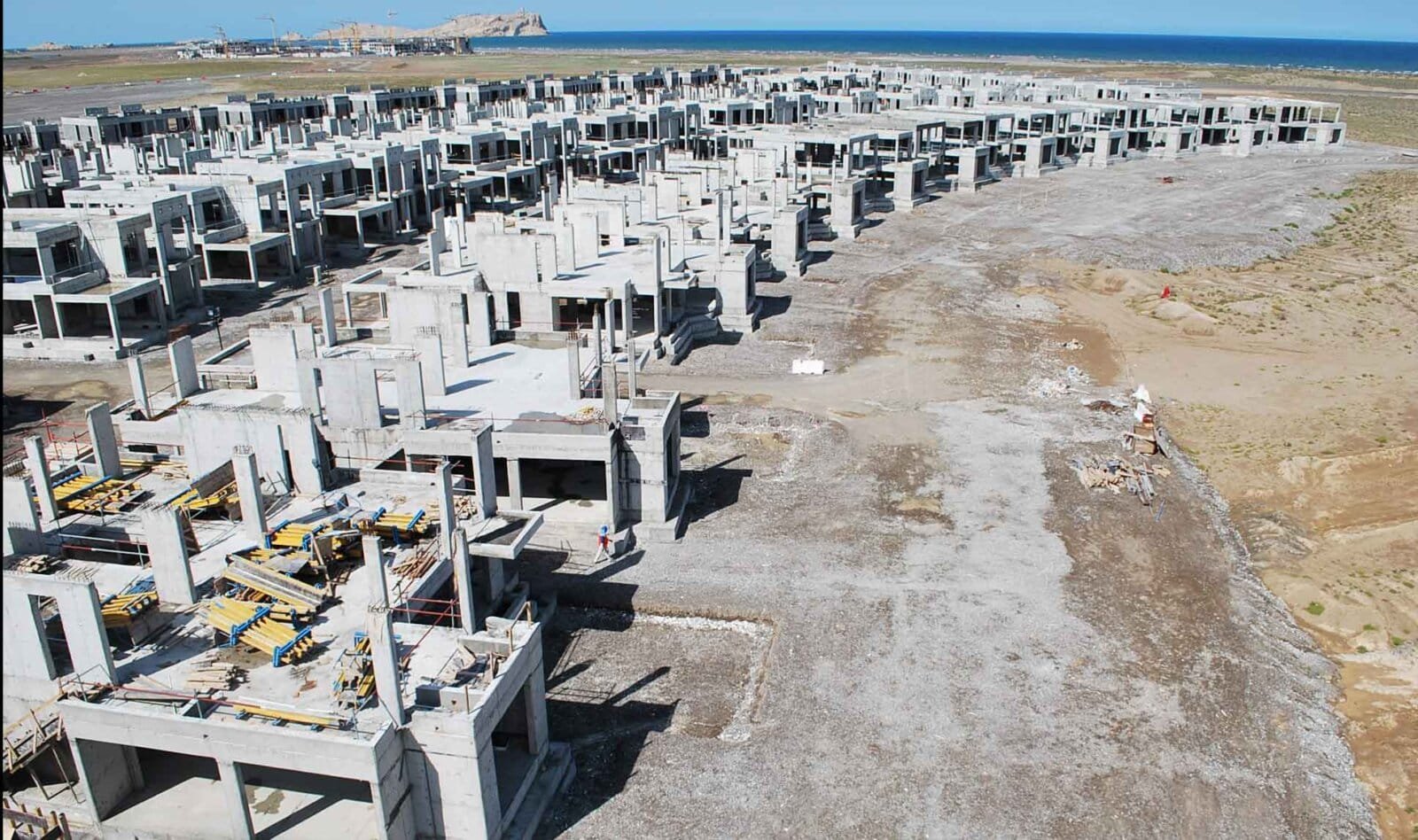
Sustainability is now a core element of Omani urban planning. The abandoned Blue City project, an ambitious energy-efficient metropolis, set a precedent for future eco-friendly initiatives. Today, the Al Mouj development north of Muscat embodies this approach, integrating green spaces, pedestrian-friendly pathways, and low-impact architecture. Every major resort and urban expansion project undergoes strict environmental evaluation, personally overseen by the Sultan.

